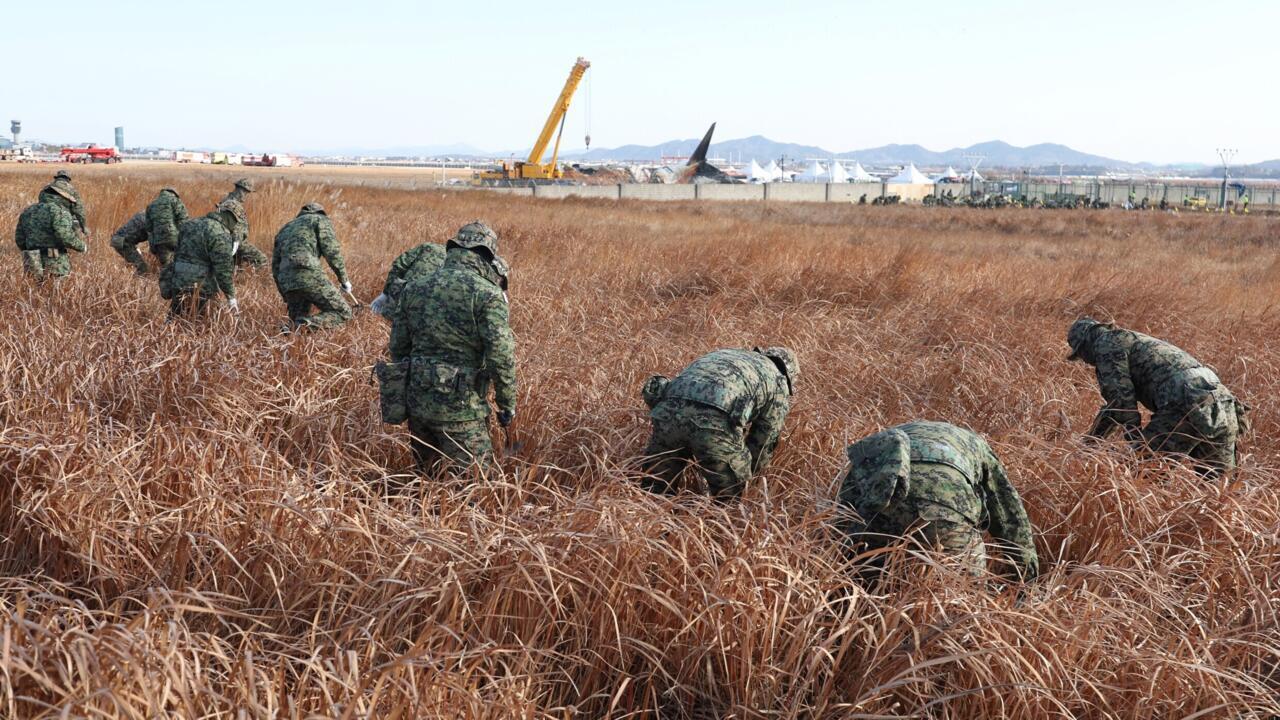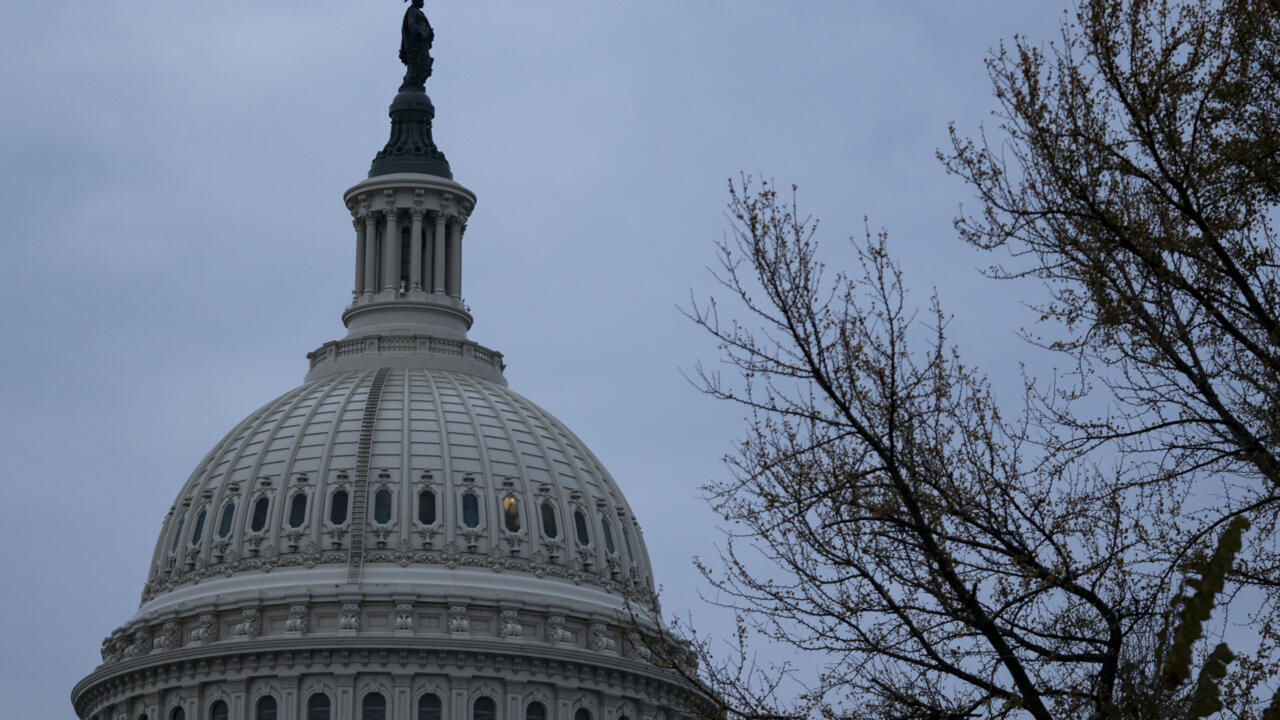The Boeing 737-800 was flying from Thailand to Muan, South Korea, on December 29 carrying 181 passengers and crew when it belly-landed at the Muan airport and exploded in a fireball after slamming into a concrete barrier.
It was the worst-ever aviation disaster on South Korean soil.
“The analysis revealed that both the CVR and FDR data were not recorded during the four minutes leading up to the aircraft’s collision with the localiser,” the transport ministry said in a statement, referring to the two recording devices.
The localiser is a barrier at the end of the runway that helps with aircraft landings and was blamed for exacerbating the crash’s severity.
The damaged flight data recorder had been deemed unrecoverable for data extraction by South Korean authorities, who sent it to the United States for analysis at the US National Transportation Safety Board laboratory.
But it appears that the boxes holding clues to the flight’s final moments experienced data loss, leaving authorities trying to find out what happened.
“Plans are in place to investigate the cause of the data loss during the ongoing accident investigation,” the ministry said.
South Korean and US investigators are still probing the cause of the crash, which prompted a national outpouring of mourning with memorials set up across the country.
‘Committed’
Investigators said the boxes were crucial to their probe but added they would not give up on trying to find out why the crash happened.
“The investigation will be conducted through the examination and analysis of various data. The Committee is committed to doing its best to accurately determine the cause of the accident,” the ministry said.
Investigators have pointed to a bird strike, faulty landing gear and the runway barrier as possible issues.
The pilot warned of a bird strike before pulling out of a first landing, then crashed on a second attempt when the landing gear did not emerge.






